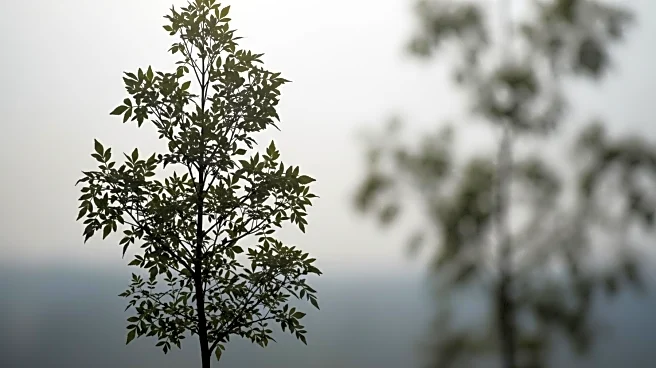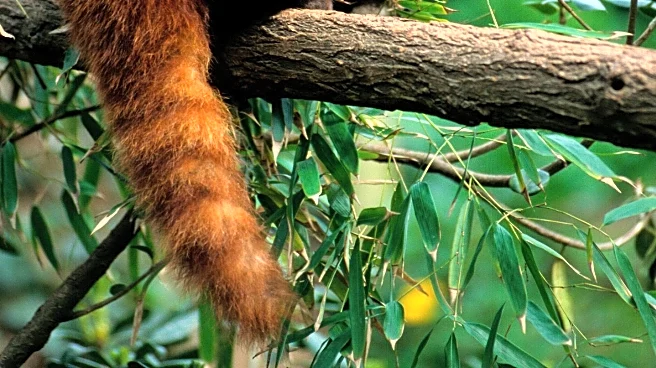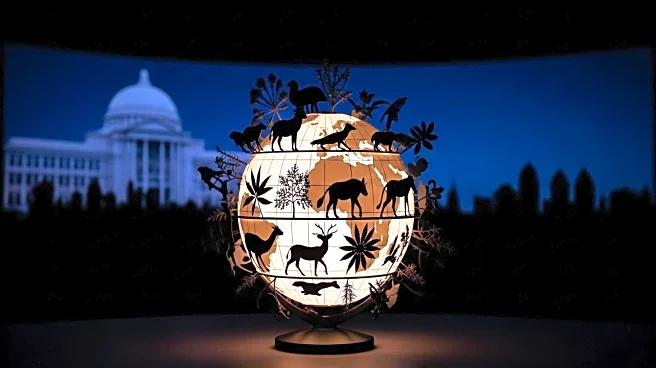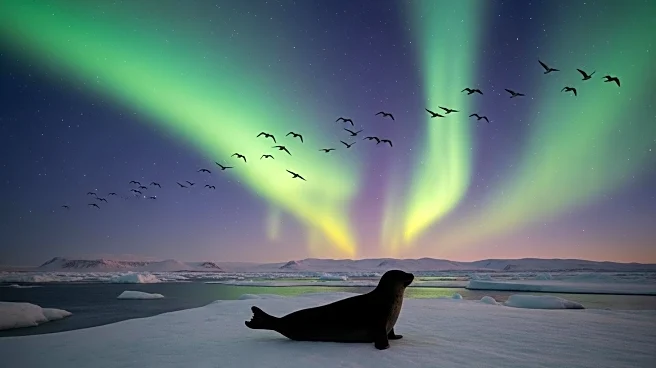What's Happening?
The International Union for Conservation of Nature (IUCN) is considering a moratorium on releasing genetically modified plants or animals into the wild. This proposal, discussed at a meeting in Abu Dhabi, aims to prevent potential ecological disruptions caused by engineered organisms. Advocates for the moratorium, such as Joann Sy from Pollinis, argue that funding should focus on proven conservation strategies rather than de-extinction efforts. Opponents, including Ryan Phelan from Revive & Restore, believe synthetic biology holds potential to save nature and that a ban could hinder scientific progress.
Why It's Important?
The decision on the moratorium will signal the global stance on using genetic engineering to address biodiversity loss. While the moratorium would not have legal weight, it could impact funding and support for genetic conservation projects. With many species at risk of extinction, proponents of genetic tools argue that these technologies could offer solutions to preserve biodiversity. The debate highlights the tension between traditional conservation methods and innovative approaches to environmental challenges.
What's Next?
The IUCN meeting will conclude with a vote on the moratorium, potentially affecting future conservation strategies. If enacted, the moratorium would pause the release of genetically modified organisms until further research is conducted. This decision could influence public perception and investment in genetic conservation projects. The outcome will reflect the willingness of the international community to embrace or caution against genetic interventions in natural ecosystems.
Beyond the Headlines
The discussion around the moratorium raises ethical and ecological questions about human intervention in nature. The potential benefits of genetic engineering, such as reducing malaria transmission or restoring blighted species, must be weighed against the risks of ecological imbalance. The debate underscores the need for careful assessment of genetic technologies on a case-by-case basis, considering both their potential and limitations in conservation efforts.










